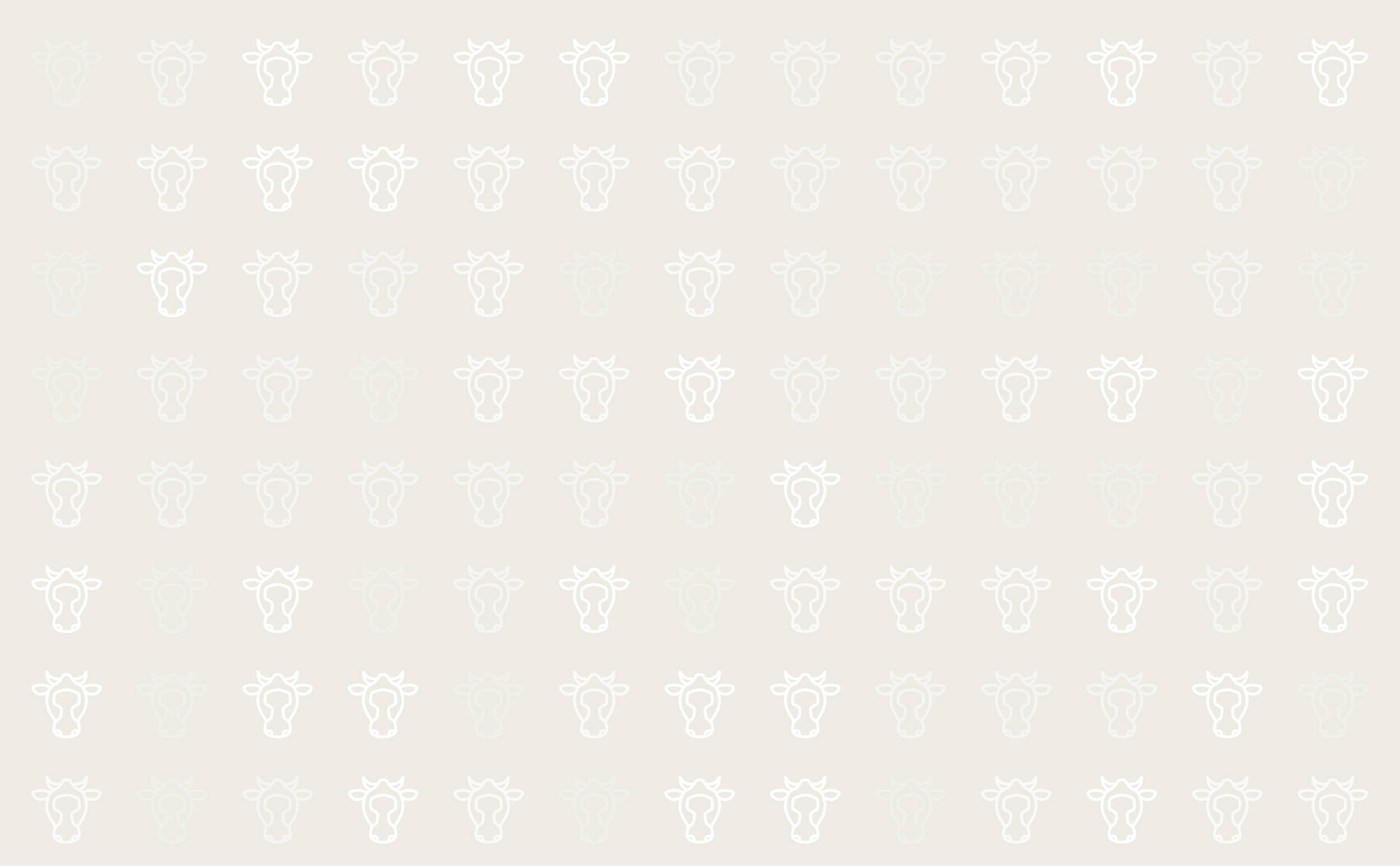



An Outcomes Model to Evaluate Risks and Benefits of Escherichia Coli Vaccination in Beef Cattle
Reducing the number of 'shedders' in a herd can decrease human illness rates when combined with a lower concentration of E.Coli on carcasses, says H. Scott Hurd, Iowa State UniversityAlthough the E. coli O157:H7 pathogen originates solely on the farm and lives within the food animal, the percentage of positive farms is relatively low.
The post ?harvest methods for reducing the prevalence of E. coli O157:H7 on beef are generally “maxed?out.” The law of diminishing returns comes into play when considering further intervention strategies. Primarily, the industry is dealing with outlier events, which may culminate in an “event day.”
According to the Poisson distribution curve, an event day is likely the result of a high E. coli O157:H7 prevalence on the cattle entering the packing house coinciding with high E. coli O157:H7 prevalence on the carcass along with a high concentration. The event day is most likely to be avoided if the E. coli O157:H7 prevalence on the cattle entering the plant is reduced.
Using a stochastic simulation model, researchers evaluated the impact of E. coli O157:H7 vaccination on a reduction in the O157 prevalence in feedlot cattle as well as concentration in cattle feces and on outcomes at various points in the ground beef supply chain. Ultimately, this mathematical modeling method predicts the relationship between the reduction in O157:H7 shedding in cattle and a reduction in human illness.
The results show vaccination can have a significant benefit with respect to relevant outcomes such as: 1) the number of human O157 illnesses due to the consumption of ground beef, 2) the number of production lots with high O157 contamination levels, 3) the likelihood of detection by USDA Food Safety and Inspection Service testing, and 4) the probability of multiple illnesses due to ground beef servings from the same lot. The positive impact on public health is more a function of adoption of the use of the vaccine than the vaccine’s efficacy.
For example, if the vaccine is used to reduce the prevalence of E. coli?shedding cattle by 80% and if all U.S. steers and heifers were vaccinated, the expected number of human illnesses from ground beef?associated O157 would be reduced by almost 60%. If the vaccine is 60% or 40% effective, the illness rate would be reduced to about 45% or 40%, respectively.
The results of this study show that a reduction in the number of shedding animals and a reduced concentration of E. coli on carcasses can combine to reduce human illnesses and cost to beef packers by reducing the frequency and magnitude of “event days.”
March 2013


